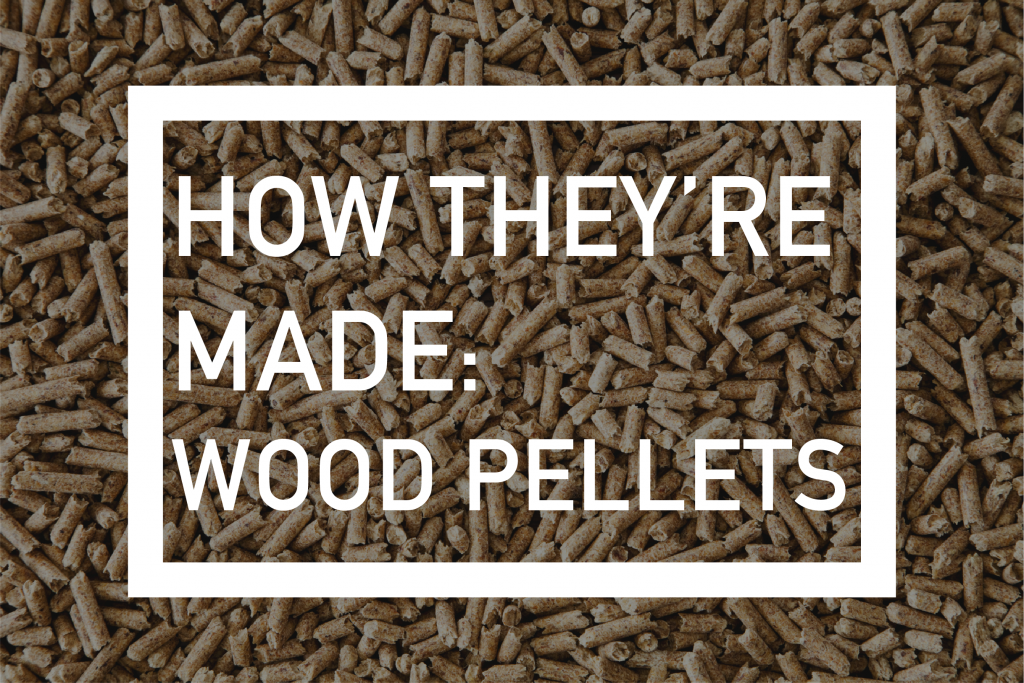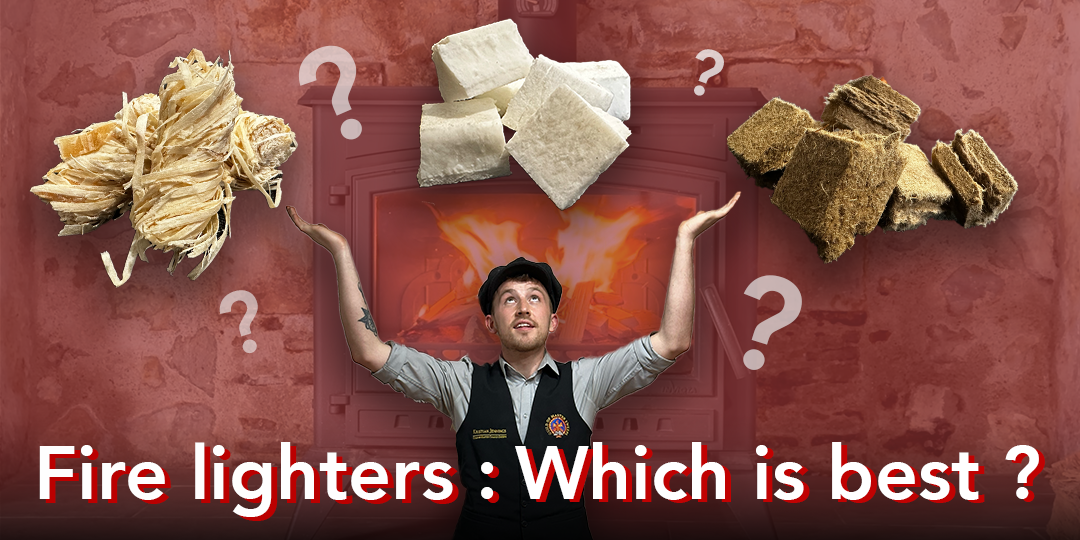There is a lot of talk about Pellets are the minute. Namely due to the soaring prices of pellets themselves that we are facing currently. Though many of us have pellet burners and boilers and are very used to loading our hoppers with bag after bag of fuel, few of us know much about the pellets themselves. Information about their composition, production and certification is often sourced from pub talk and hearsay but today we take an in depth look at the make-up of Pellets.
The raw materials which make up the wood stock of wood pellets arrives to the pellet mills in many different forms. Scrap from saw mills, sawdust and wood chips are the most common however sometimes entire trees, unsuitable for lumber will be delivered. The raw materials may be green, partially dried, kiln dried or even freshly cut. Whatever the materials, they are all processed in the same way, ensuring a consistent moisture content and burn characteristics for every pellet made.
Fact: Around 85% of the wood stock is composed of the waste that comes from wood productions such as sawmills.
Pellet mills that accept ‘non uniform wood stock’ will begin the pellet production process by first chipping the larger pieces to reduce their size (around 2-4cm). Almost all pellet mills will use a ‘hammer mill’ at the beginning of the process to break down the raw materials into a consistent smaller size. Even sawdust will be reduced so the new, smaller materials (around 8mm) can be pressed and dried more quickly and with more consistency – essential to receiving recognised certifications once processed.
Once the wood stock is refined, it will be dried to ensure a consistent moisture content throughout the stock. The refined wood stock is placed in a large dryer drum and is heated whilst rotating (think a giant and very long tumble dryer) until the excess moisture has all been given off.
Following this, the dried, refined woodstock is crushed again to reduce its’ size to between 3-4mm. This is to increase the density of the final pellet thanks to the increased surface area, not to mention, making it easy for the ‘pelletizing’ in the next step.
Before the refined wood stock can finally be transformed into pellets, the pellet mill must make some decisions. Pellet density, diameter, length and even durability must be selected which will affect the overall grading and potential certification the final product will receive.
Now that these characteristics have all been chosen, it’s finally time to process the pellets. The refined Woodstock is placed into the Pellet mill, also known as a Pelletizer which mixes the raw materials with steam to soften them, before pressing them through a die at extremely high pressure. This high pressure causes the lignin in the cell walls to heat and melt to form a sort of natural glue which binds the pellet together.
Before the newly formed pellets can be packaged, they must first be cooled. Pellets that have just left the pelletizer will be around 100 degrees C and will actually be soft until they are brought down to room temperature. Once cooled, the remain in large silos until such time as when they are packaged and shipped.
And that’s it. Wood stock to wood pellets. Now an important step we have not spoken about today is pellet certification. Next time we will dive into understanding how Pellets are graded, what each grade tells us, the consumer, about the pellets and how the pellets receive awards such as the EN Plus.





